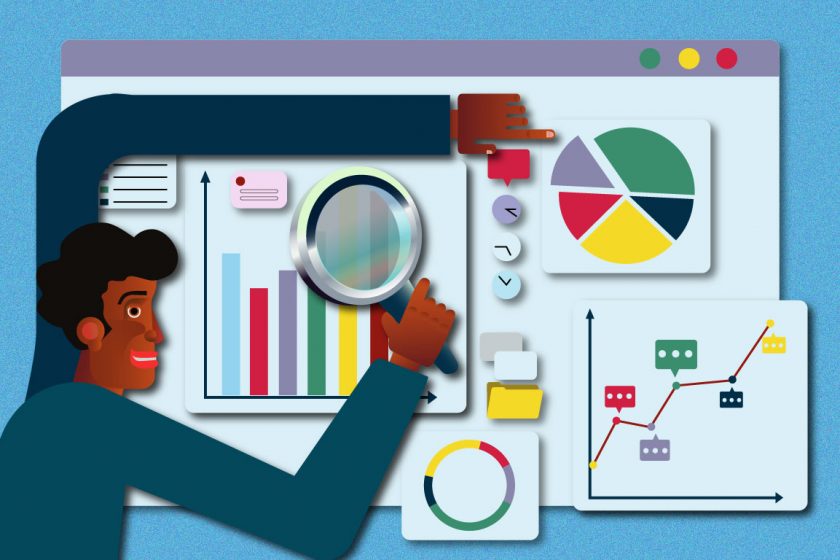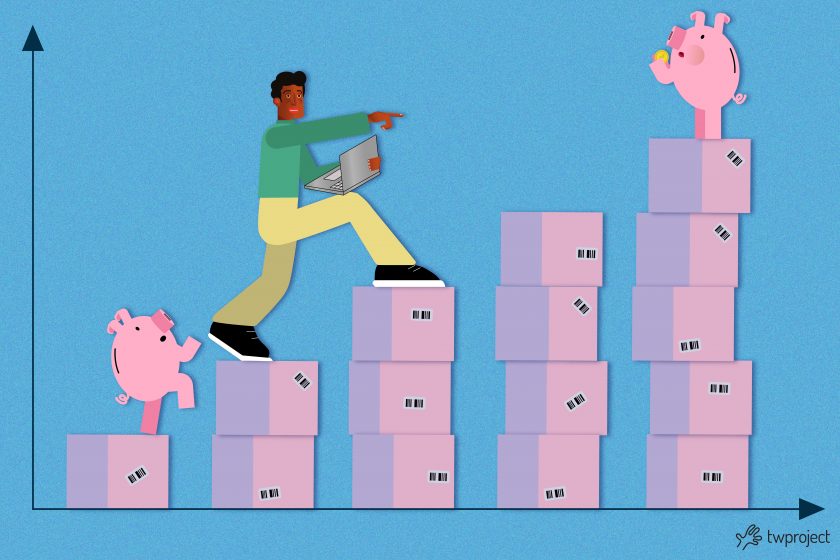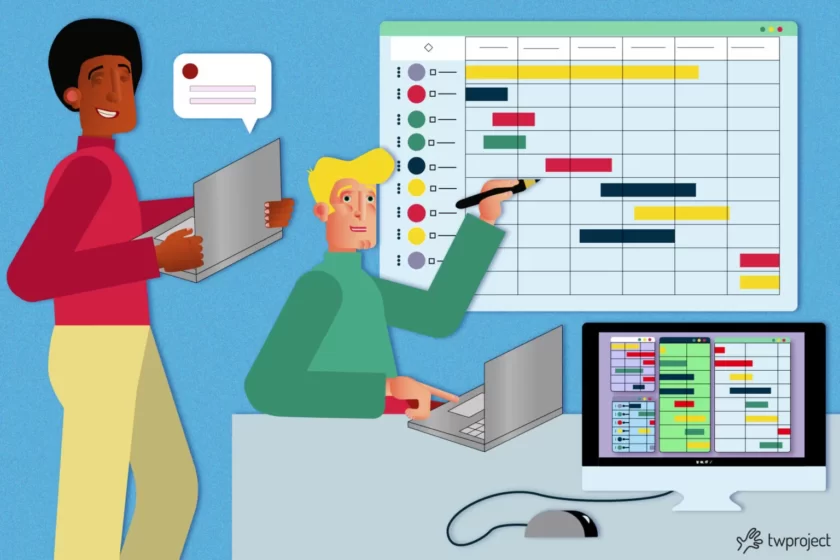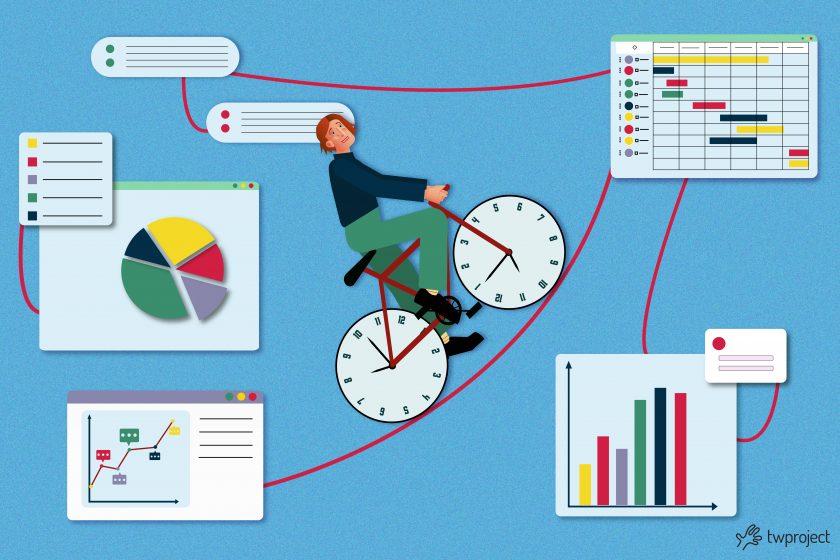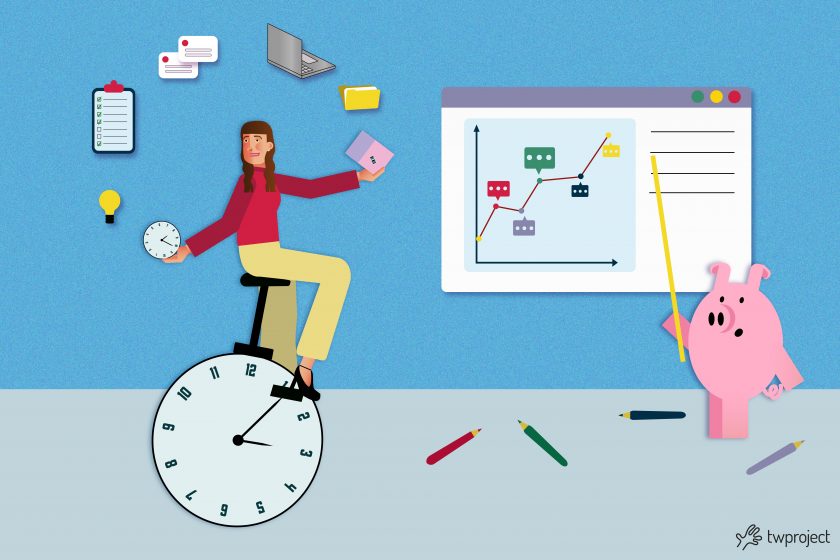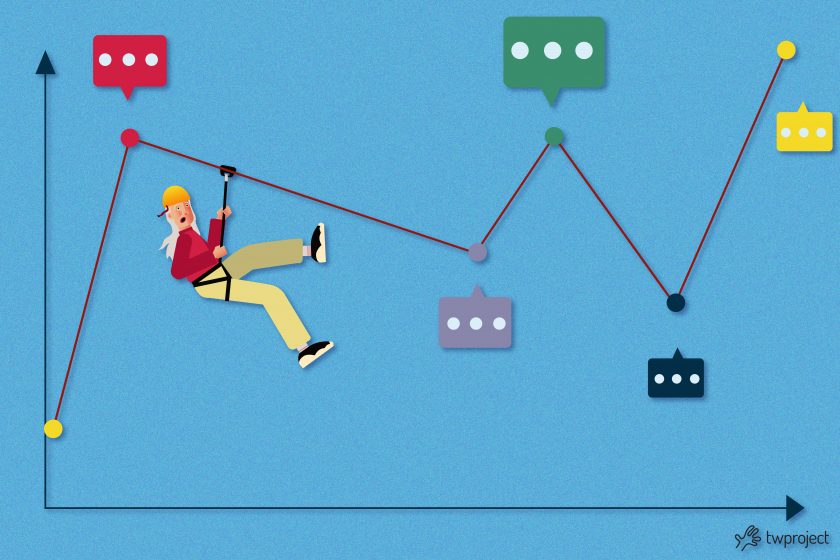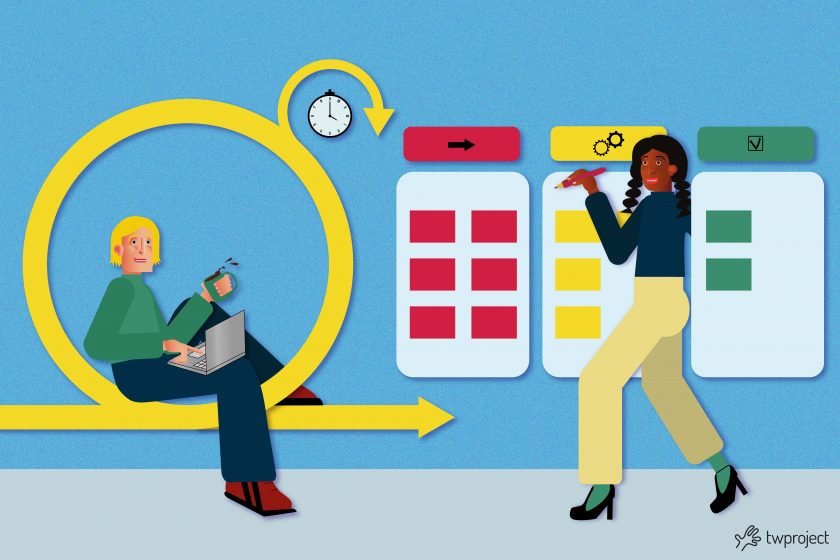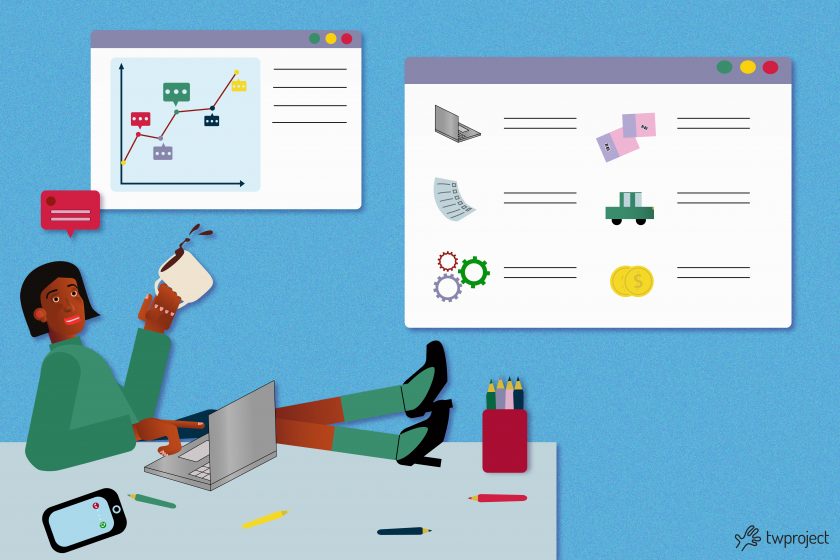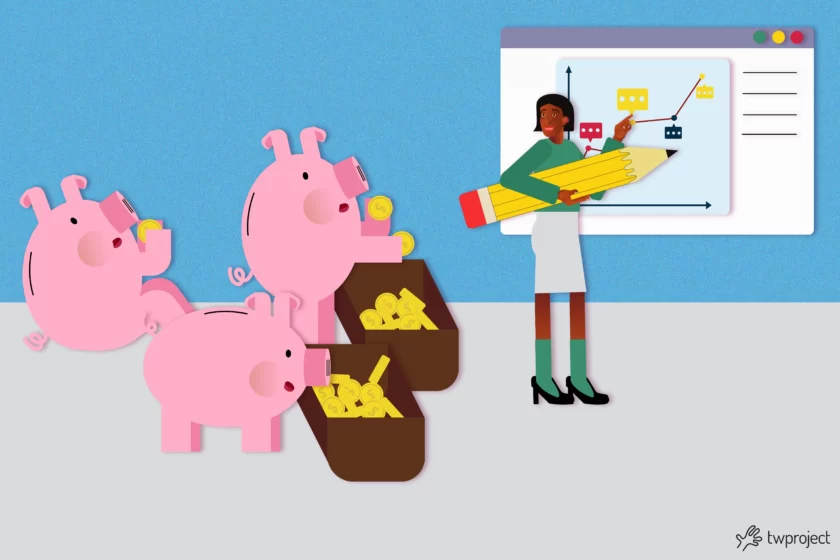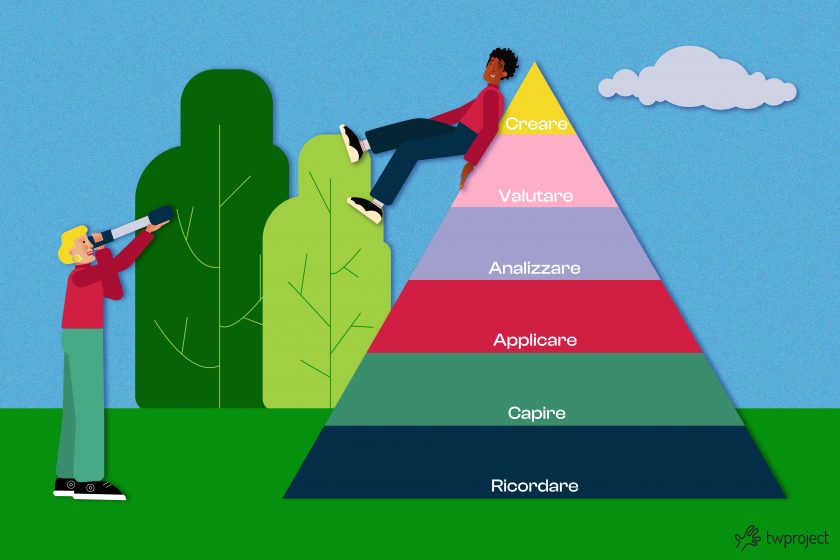-
Project requirements: how to collect and analyze them
Project requirements are a key aspect in order to complete the project on time and without exceeding budget limits. This is one of the essential skills of a project manager, often underestimated, which consists in the collection and analysis of these aspects of the plan. Understanding clearly the requirements of any project you are about … Continue reading "Project requirements: how to collect and analyze them"
-
The Quality Plan: an essential project document
The quality plan is often overlooked in project development, yet it is strategic in defining the route and results, let’s see how. CONTENT What information should a project plan include? What is project quality planning? Project quality plan model development All projects, at their end, must produce / provide something, the so-called project output. In … Continue reading "The Quality Plan: an essential project document"
-
Waterfall methodology: what it is and what it is for
Want to find out which projects the Waterfall method is best suited to and learn how to implement it easily? Read this article to the end, and this methodology will hold no more secrets for you. The Waterfall Methodology is called this way because it develops systematically from one stage to another in a downward … Continue reading "Waterfall methodology: what it is and what it is for"
-
Strategies for optimizing project production factor
In view of the increasingly competitive nature of most modern industries, business leaders committed to optimizing the production factor often regard it as a priority. Success, in this case, requires overcoming multiple challenges: having a competent team, setting clear objectives, establishing timelines, and, most importantly, ensuring effective project performance. Improving project performance is a dynamic … Continue reading "Strategies for optimizing project production factor"
-
Work Breakdown Structure: some suggestions for using it to the best
A Work Breakdown Structure, abbreviated with WBS, is a visual tool for the definition and tracking of a project deliverable and all the small components necessary to create it. With a Work Breakdown Structure, the project manager can concentrate on what he has to accomplish as he approaches the project deadline. This is a fundamental … Continue reading "Work Breakdown Structure: some suggestions for using it to the best"
-
Methods and tools to improve overview in engineering teams
In an increasingly specialized environment, the need for an overview in engineering teams is a fundamental requirement. Lack of this perspective can lead to inefficiencies and difficulties in coordination between different areas of expertise. TABLE OF CONTENT 1. What is meant by Overview 1.1 Widening perspective 1.2 Communication 1.3. Flexibility 2. Soluzioni per migliorare la … Continue reading "Methods and tools to improve overview in engineering teams"
-
Project deadline management: what tools to use?
Deadline management is like a safety net that prevents projects from plummeting into chaos. Deadlines are milestones that mark progress and guide the team toward achieving goals. When deadlines are met, projects succeed, clients are satisfied, and the team can celebrate positive results. So today, we will take a look at how best to manage … Continue reading "Project deadline management: what tools to use?"
-
How to manage business tasks efficiently
Managing business tasks efficiently is directly proportional to how well employees and teams use their skills, tools, and technologies. High productivity in the workplace is often associated with increased profitability, better employee morale, and a competitive advantage in the marketplace. Successful organizations can properly align their people, processes, and technologies to create an environment conducive … Continue reading "How to manage business tasks efficiently"
-
Measuring project efficiency with productivity indexes
A core element of project management is assessing and measuring a project’s success using the correct productivity indexes. Organizations in all sectors constantly seek to achieve their strategic goals and provide added value to their stakeholders. Yet, determining whether a project has achieved its expected objectives and goals requires a structured approach and robust evaluation … Continue reading "Measuring project efficiency with productivity indexes"
-
Product roadmap: How to best design it
The roadmap of a product is actually more than an unimportant detail to which you do not pay much attention. A few simple reflections are enough to change your mind quickly. INDICE DEI CONTENUTI What is a product roadmap? How to create a product roadmap in 5 steps 1. Define the product strategy 2. Collect … Continue reading "Product roadmap: How to best design it"
-
Solutions for better project control in consulting companies
Are you a project manager in a consulting company and would like to keep your company’s activities and projects under control with more order and efficiency? Do you perceive the need to unify business processes in order to make work less scattered? In this article we will provide you with some tips for optimising project … Continue reading "Solutions for better project control in consulting companies"
-
Kanban vs Scrum: Key differences and when to use them
Kanban vs. Scrum are two widely used project management approaches for organizing and managing work. These two methodologies each have their distinct principles and practices and are best suited for different scenarios. In this article, we will examine the key differences between Kanban and Scrum and when to use one or the other method. CONTENT … Continue reading "Kanban vs Scrum: Key differences and when to use them"
-
How to manage complex projects in production companies
What are the main challenges for production companies when managing projects and how can they best be addressed? In this article, we will try to frame and summarise the internal management issues affecting the manufacturing industry sector and see how to face them. CONTENT Foreword: the need for coordinated actions 1. Challenges of production companies: … Continue reading "How to manage complex projects in production companies"
-
Business case: 7 key steps to build it and use it
A business case is essential whenever a new product needs to be launched or a new service must be created. In this article, we will reveal the 7 key steps that distinguish a mediocre business case from one that can convince decision-makers, attract resources and guide execution with surgical precision. TABLE OF CONTENT What is … Continue reading "Business case: 7 key steps to build it and use it"
-
What is project taxonomy, and how can it improve management
Project management is a complex discipline that involves accurate organization and planning of diverse activities and resources. Taxonomy helps clarify the work by classifying things orderly into groups and subgroups based on their similarities and relationships. Particularly in project management, taxonomy is like a map that guides the project manager through all project phases and … Continue reading "What is project taxonomy, and how can it improve management"
Project management
Choose the category you are interested in:
AgileComparisonCost managementPm expertProduct updatesProductivityProject managementResource managementTime managementUsage tips


